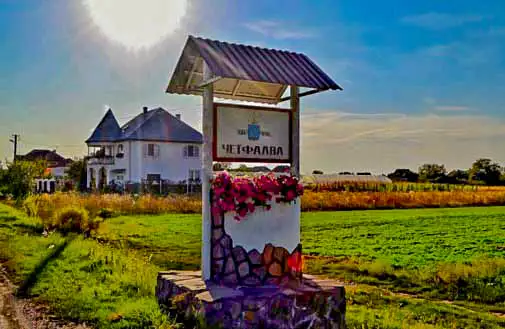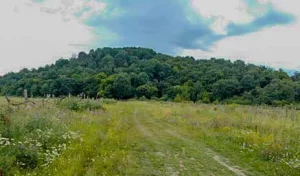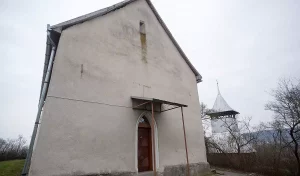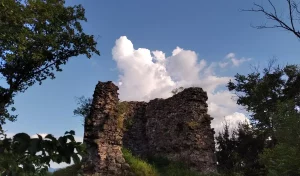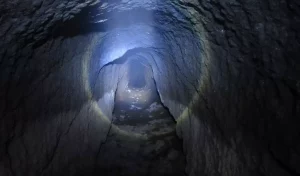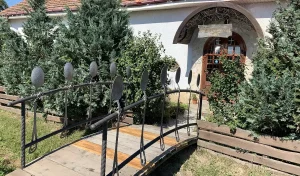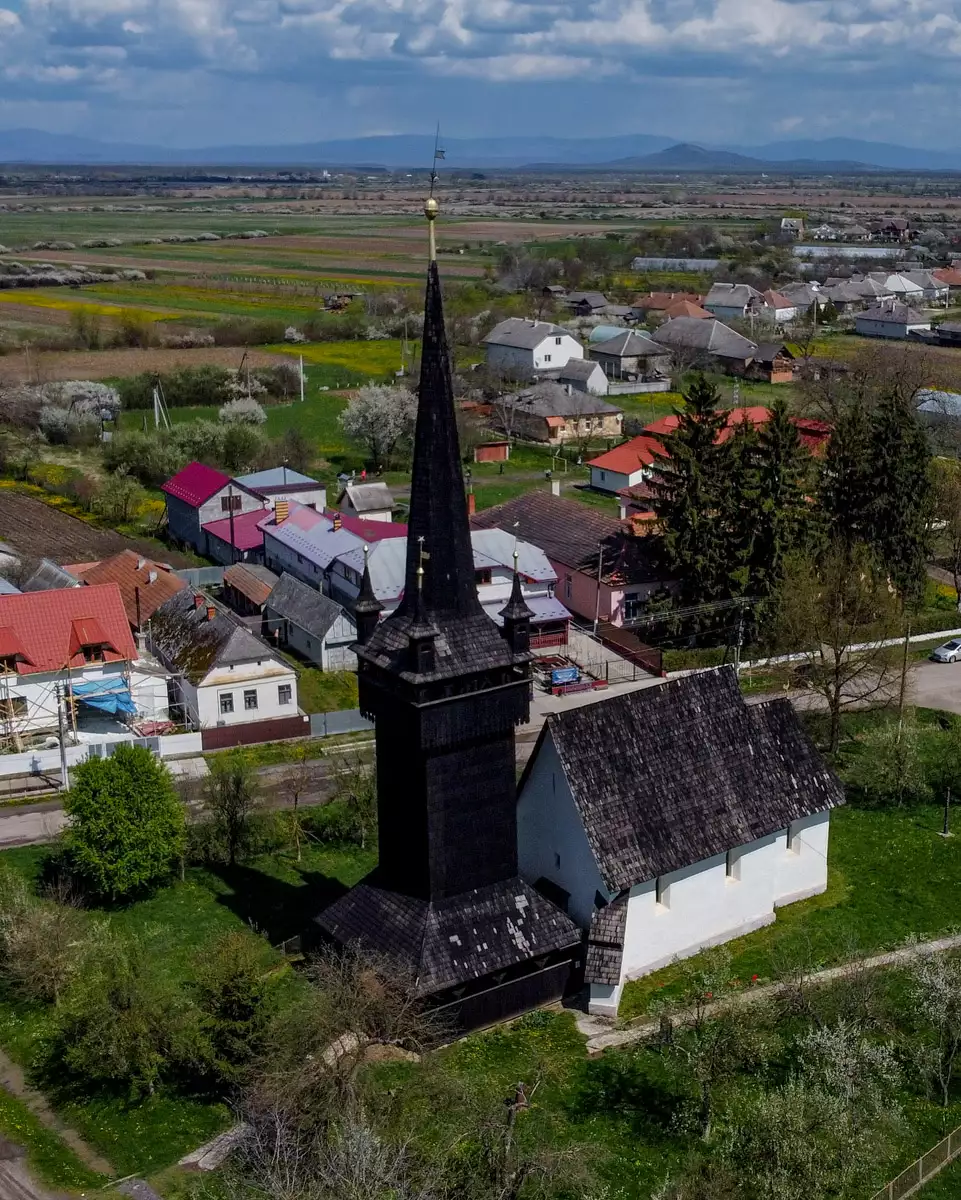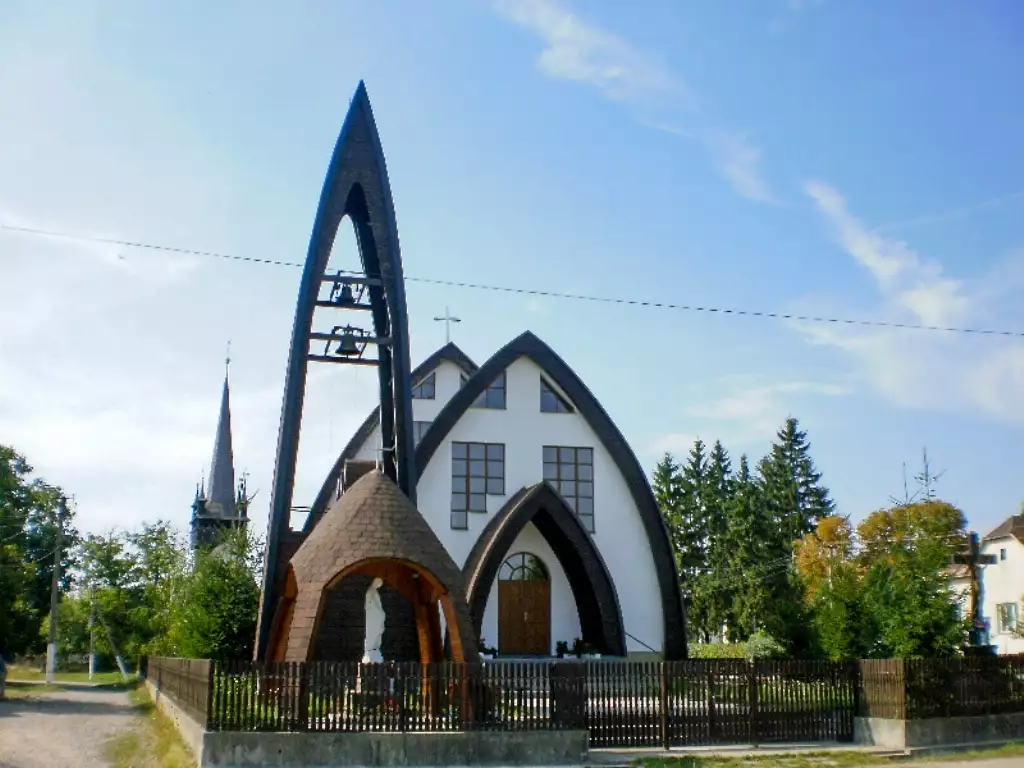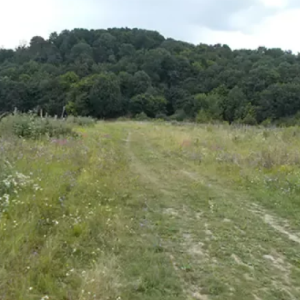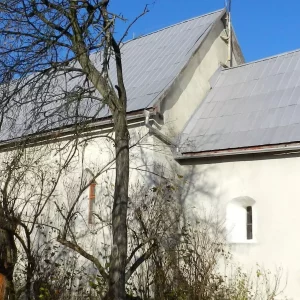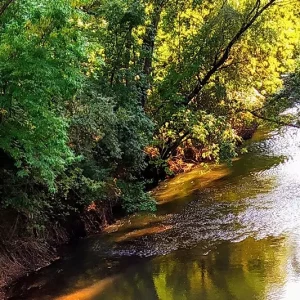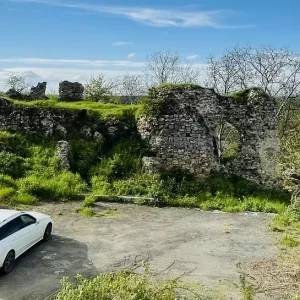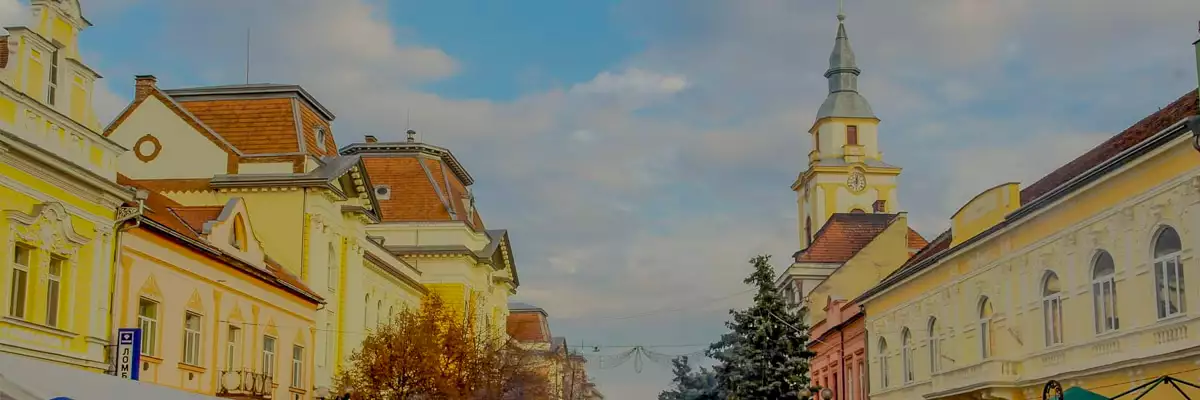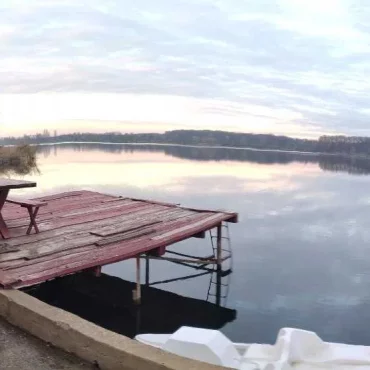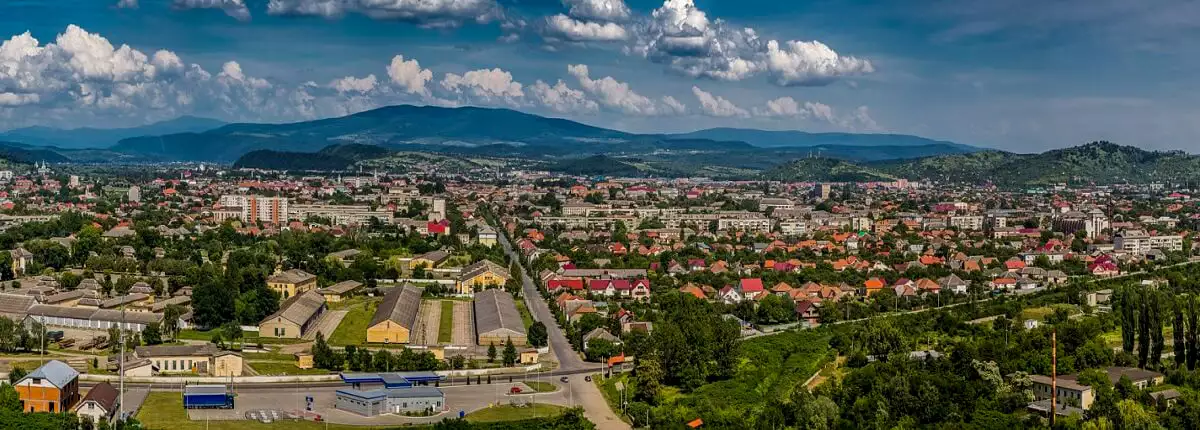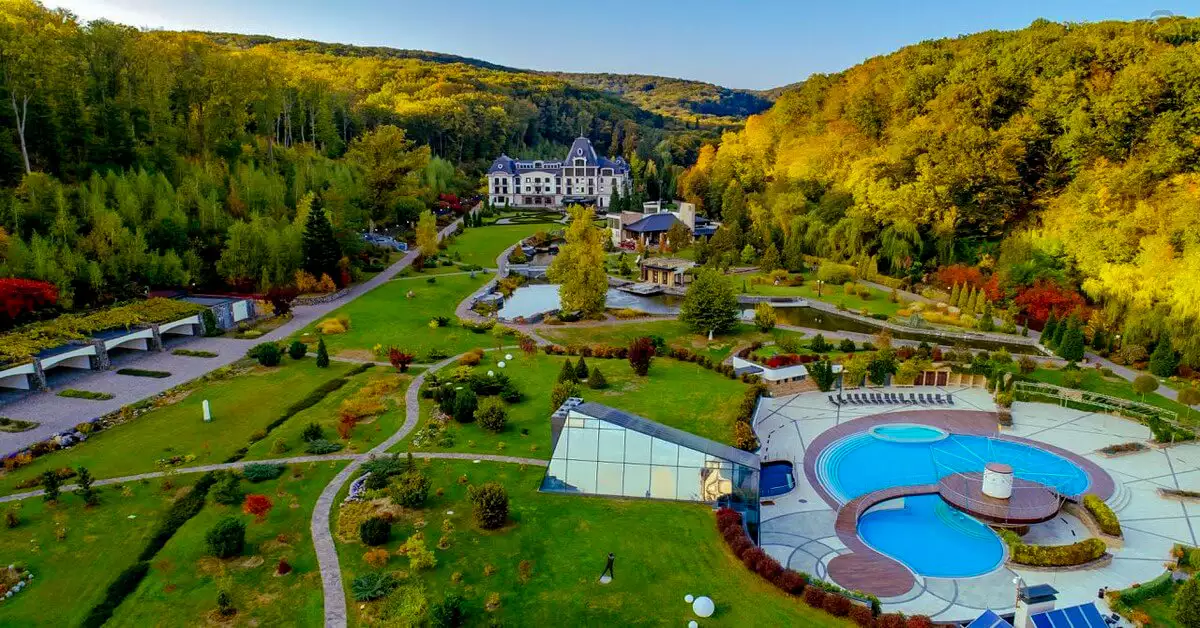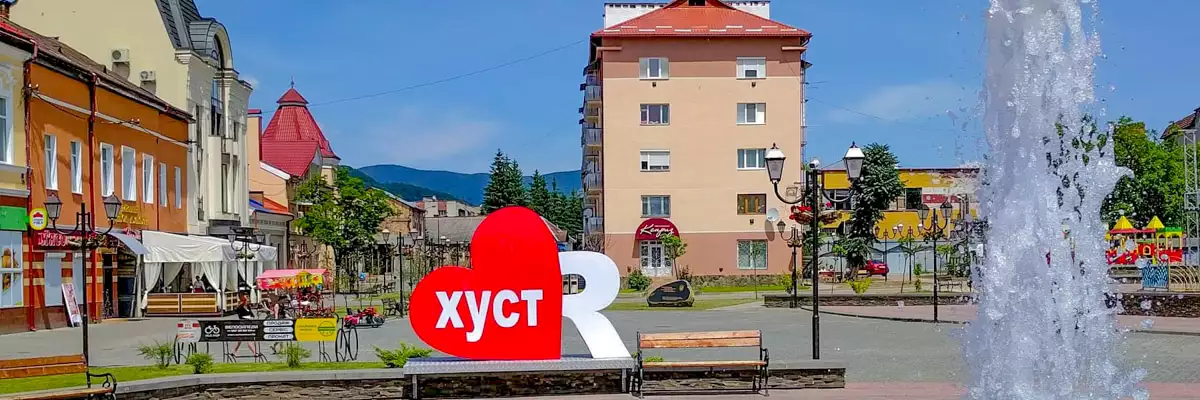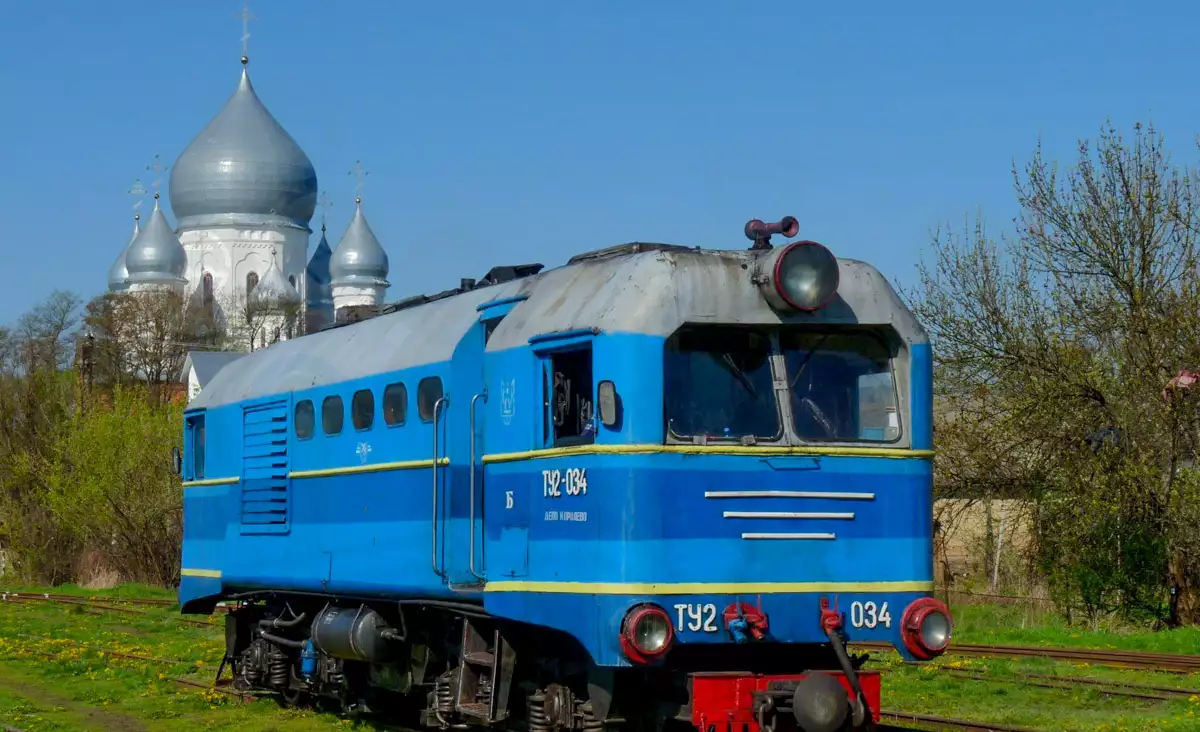The fact that Hungary is located next to the village is immediately noticeable: it is difficult to find a Ukrainian sign here or to hear the Ukrainian language. On the outskirts of the village is a wooded bank of the Tisza river. In 1998 and 2001, the village was severely affected by floods. Because of this, the largest protective dam (20 meters high) in Transcarpathia was built in Chetfalva. The old dam was completely destroyed during the 2001 flood.
The main treasure of Chetfalva is a Gothic wooden tower of the 18th century, next to which stands a small, one-window, stone temple of the 14th century, which was reconstructed in 1753. This miniature one-nave basilica, supported by a buttress, has two decorations: a rooster weathervane on the spire and a wooden coffered (artistically decorated) ceiling. Each caisson square is painted with a stylized floral ornament on a black or white background. The ceiling of the church was painted in 1753 and 1773, which is actually written on the caissons themselves.
To get to the temple, you need to go through the towering bell tower. The spire of the belfry is almost the same height as the tower itself. In addition to the height, the belfry is unique in its frame structure with 16 supports.
Back to back with the old church stands the new Church of the Holy Spirit, built in 1998-2001 in the Art Nouveau style. This shrine was built by local craftsmen on the order of two religious communities of the village – Roman Catholic and Greek Catholic. The interesting symbiosis of the two currents of Christianity was most clearly manifested in the altar part of the church: the carved crucifix surrounded by exquisite flowers is interesting here. The shoots of the vine rise from the host of saints at the foot of the Tree of Life upwards, to the image of a dove in a halo, a symbol of the Holy Spirit. Other details of the interior are skillfully executed. The light belfry of this church has subtle Gothic features.
Green tourism is developing rapidly in the village.
